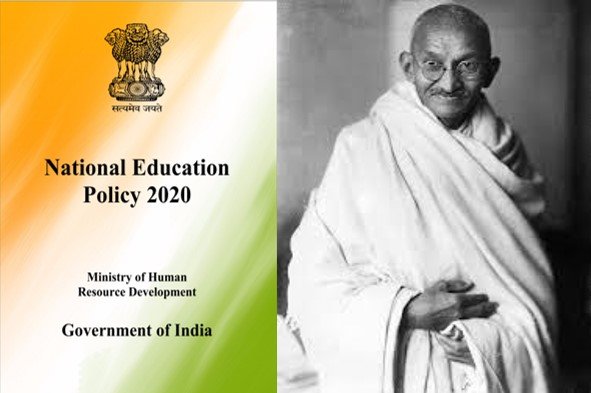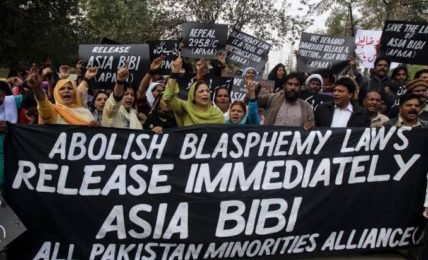NEP 2020: the opportunity for rural & geographical tough areas, in line with Gandhiji’s vision of rural development.
The rural areas and the geographically tough areas, until now have primarily been devoid of high-quality education because of the difficulties that are associated with these areas. The NEP 2020 is a hope and opportunity to fill this void that has been created in these areas.



